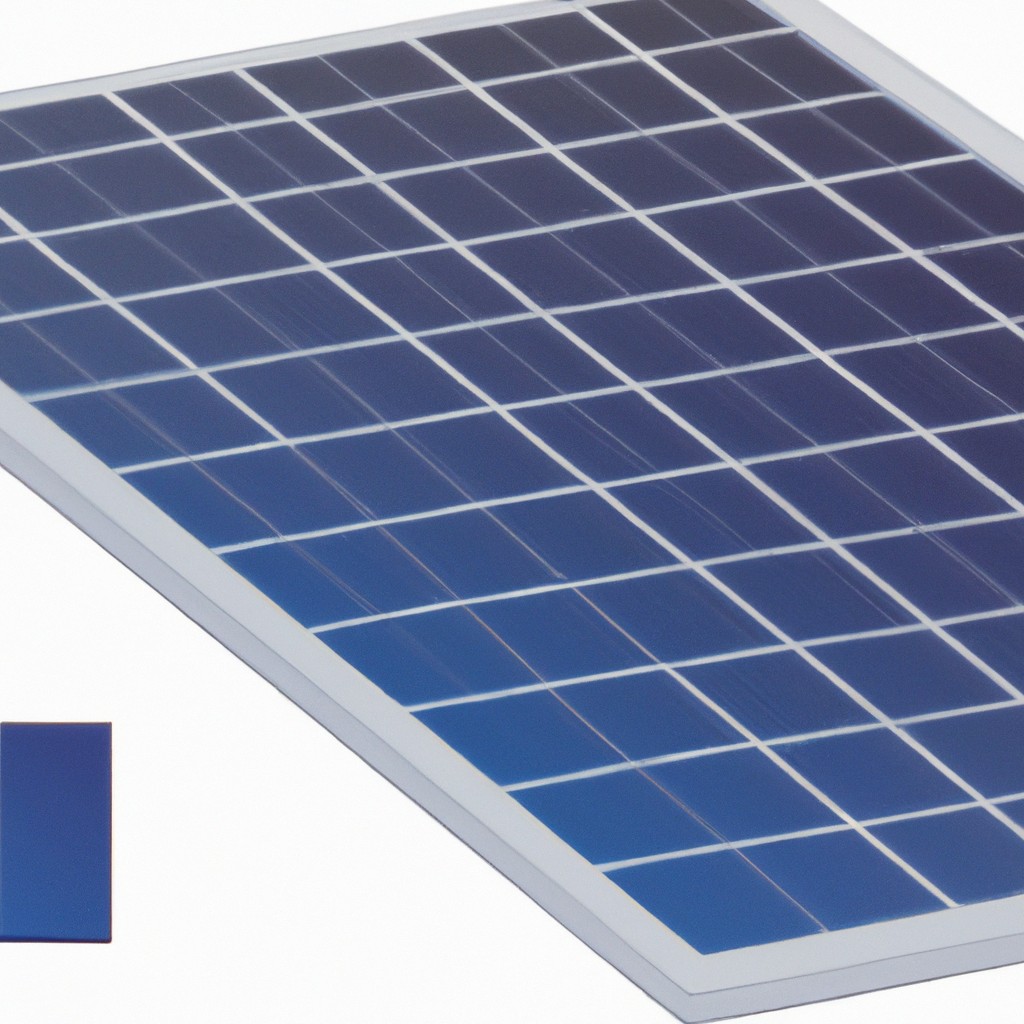Discover the typical sizes of solar panels and how these dimensions can impact your installation.
Key takeaways:
- Standard panel sizes for residential (65×39 inches), commercial (77×39 inches), and compact setups (47×21 inches)
- Larger panels generate more power, small roofs need smart sizing
- Weight of panels impacts support structures for installation
- Installation challenges should be considered for larger panels on tricky roofs
- Consider roof space, energy needs, sunlight exposure, future expansion, and budget constraints when choosing panel size
Standard Dimensions of Solar Panels

Solar panels come in various sizes, but a few have become the go-to choices for residential and commercial use.
Most residential solar panels measure about 65 inches by 39 inches. This size strikes a balance between power output and manageability, making it a favored choice for rooftops where space might be limited.
On the larger side, commercial panels are typically 77 inches by 39 inches. These panels are designed to harvest more sunlight due to their increased size, making them ideal for commercial settings where maximizing energy production is key.
For those delving into more compact setups, such as for RVs or small cabins, smaller panels measuring around 47 inches by 21 inches are available. These petite powerhouses are easier to mount and handle, perfect for on-the-go energy needs.
Each size suits particular requirements and constraints, highlighting the importance of considering both the physical space and the energy demands of your project.
How Dimensions Affect the Efficiency and Installation of Solar Panels
Solar panel dimensions can play a significant role in both efficiency and installation, making the size decision crucial for maximizing solar energy capture. Here’s how:
– Larger panels, more power: Generally, the bigger the panel, the more solar cells it houses, thus potentially upping the energy it can generate. This is ideal for spacious roofs where you want maximum wattage.
– Small roofs, strategic choices: Limited space demands smart sizing. Smaller, more efficient panels can be the trick for squeezing out every bit of sunlight without overcrowding your roofscape.
– Weighty matters: Don’t forget, the size often influences the weight. Heavier panels might require sturdier support structures. It’s not just about fitting them on the roof; it’s about keeping them securely up there too!
– Installation gymnastics: Ever tried wrestling a king-sized mattress into a small bedroom? Similar gymnastics could be involved with large solar panels on a tricky roof layout. Proper planning ensures that installation is a breeze—or at least not a hurricane of logistical woes.
Understanding these nuances helps in choosing the right panel size that balances practicality and efficiency, tailored perfectly to individual roof characteristics and energy needs.
Considerations for Choosing the Right Solar Panel Size
Selecting the ideal solar panel size isn’t just about fitting them on your roof; it’s about maximizing energy efficiency and cost-effectiveness too. Here are a few key points to consider:
– Roof Space: Before dreaming big, check how much real estate your roof offers. Smaller, more efficient panels might be the way to go if your space is limited.
– Energy Needs: Calculate your household’s energy consumption. Bigger panels might cover more space, but they also provide more power. Match your energy needs with the panel output to find your sweet spot.
– Sunlight Exposure: More isn’t always better, especially if sunlight is scarce. In areas with less sunlight, opting for high-efficiency panels, even if they are smaller, can be more beneficial.
– Future Expansion: Think ahead! If you might expand your solar system later, leave some room for additional panels.
– Budget Constraints: Balance between upfront costs versus long-term energy savings. Higher efficiency panels might cost more initially but can be more cost-effective over time.
Every home is unique, so consider these elements carefully to choose the most suitable solar panels for your sun-powered adventure.
Also Read:
- Buy Solar Panels: Your Essential Guide to Choosing the Right Ones
- Bifacial Solar Panels: Benefits, Installation Tips, and Cost Analysis
- How Heavy Are Solar Panels: Understanding the Weight for Installation
- What Are Solar Tubes: Understanding Their Benefits and Installation
- Solar Panels for Sale: Your Essential Buying Guide